Are you looking for a contractor?
Submit our quick form and get quotes now!
Table of Contents
6 min read
What Are the Best Acoustic Insulation Methods?
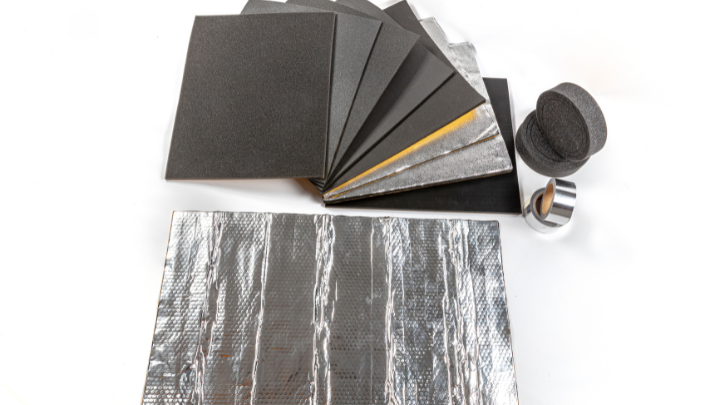

6 min read
What Are the Best Acoustic Insulation Methods?
InsulationWhat Are the Best Acoustic Insulation Methods?
While noise is a daily occurrence in every household, it’s nonetheless a fountain of constant inconvenience. Quality acoustic insulation is necessary to ensure all dwellers can benefit from peace and quiet while going about their daily activities without being hindered by other family members’ day-to-day routines.
The recommended measures are plenty, but remember that having the necessary tools to assess the validity of the proposed acoustic insulation methods is tremendously important. So here’s a rundown of the best methods, all of which adhere to the essential principles of acoustic insulation.
DIY Acoustic Insulation: The Fundamentals
Adhering to the basic principles enables you to determine the sheer value of a soundproofing method. First off, it’s imperative to choose the heaviest insulation material possible. In fact, the denser the material, the greater insulation it’ll provide.
Secondly, you must avoid what is commonly referred to as the “drum effect.” The drum effect, or reverberation, occurs when sound waves reflect off the walls inside a structural cavity. Therefore, whatever it takes, avoid empty spaces at all costs.
Lastly, keep in mind the decoupling principle in insulation. This concept serves as the foundation underscoring the importance of separating the various structural insulation elements to mitigate the spreading of sound where it initially rebounds.
Here are 10 ways to improve your home’s soundproofing.
Top Home Insulation Methods
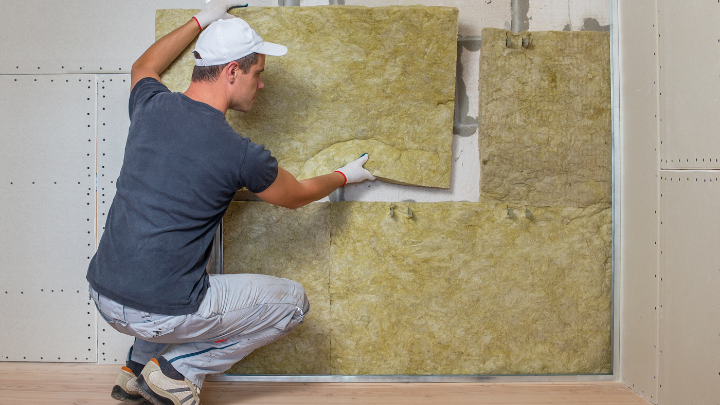
Source: Canva
Ceiling Insulation
CAA-Québec recommends and details two ceiling insulation techniques. Here are option-specific guidelines:
Remove drywall to soundproof ceiling:
Remove the ceiling drywall and wood furrings secured to the joists.
Next, insert insulation (fibreglass, rock wool, cellulose fibre) between the floor’s joists. Fill the cavities.
Secure resilient metal sound clips every 24 inches beneath the ceiling.
Install two layers worth of ½-inch gypsum boards screwed to the studs, ensuring the joints are overlapping by 12 inches or more from one layer to the next.
Apply an acoustic sealant around the entire wall/ceiling juncture between the two layers of gypsum boards to ensure optimal soundproofing.
Insulation without ceiling removal (consists of adding a second layer of gypsum boards to the existing ceiling):
Put in 2 ½-inch standard metal studs, screwing them into every 24-inch of wood furrings on the existing ceiling.
Insert 2 ½-inch of pink fibreglass insulation wool between the studs.
Secure a layer of ½-inch gypsum boards to the studs.
NOTE
Acoustic gypsum boards are preferable to increase insulation efficiency. While you can do so with wood fibre boards, keep in mind that these are typically not as effective as gypsum boards.
Floor Insulation
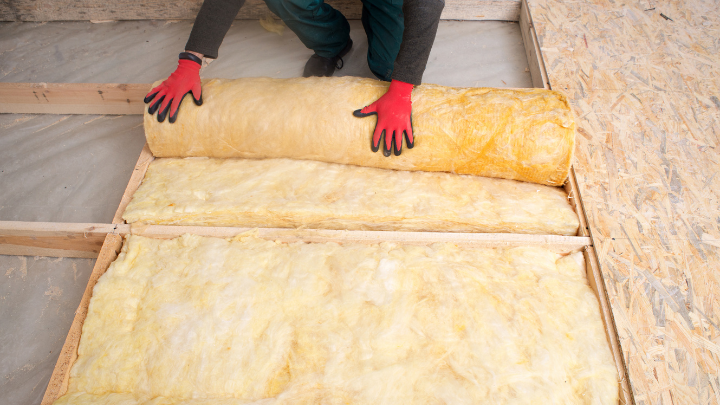
Source: Canva
If you choose to use a new wall material, it may be best to choose a lightweight one. In fact, the latter has less impact noise.
If you have laminate floors (or a floating floor installation), install an acoustic underlayment beneath it. This type of installation is particularly effective and represents very little financial investment, all things considered. No matter the type of membrane chosen (convoluted foam, rubber, cotton fibre, or polyethylene), avoid selecting one that’s too thin or stiff. Doing so would result in a lesser efficiency in regards to impact noise absorption. Under no circumstances should the board joints shift.
A perfectly insulated floor must be two plywood panels (one measuring ⅝ inch and the other ⅜ inch) nailed together. Under no circumstances should the plywood be nailed to the underlayment, it must solely be placed on it.
If you have hardwood flooring, the most recommended technique consists of double gluing. It means gluing the acoustic underlay directly onto the floor and then adding a layer of flooring atop it.
Check out our insulation and soundproofing guide.
How to Choose an Acoustic Underlay for Your Floor
To mitigate sounds, use resilient materials like an acoustic underlayment, but you must first select the right underlayment. There are two factors to consider: mechanical and acoustic performance.
Mechanical Performance
Homeowners tend to neglect the membrane’s mechanical performance, despite it being complementary to acoustic efficiency. It’s very important to ensure that the chosen product adheres to your flooring’s mechanical criteria in terms of width, density, and internal cohesion.
For that reason, choosing your acoustic underlayment will first depend on the type of flooring you plan on installing (glued-down or floating engineered wood, nailed-down hardwood, vinyl, ceramic tiles, etc.). For that reason, it would be best to focus on specially designed underlayments. Your hired contractor will be able to guide you in making a well-informed decision regarding your soundproofing work.
With this type of renovation project, the slightest error can turn into a vastly pricey one, most notably along the lines of an incompatible flooring underlayment, which can result in the flooring warping, cracking, or lifting in some areas.
Acoustic Performance
If you’re a condo owner, acoustic efficiency will most likely be mandated (typically FIIC 62 and above). However, prior to purchasing an underlayment, determine whether the product’s acoustic testing was done in laboratories or on worksites.
Note that soundproofing tests done in laboratories under ideal conditions systematically result in more effective results compared to tests carried out on worksites. As such, if you purchase an acoustic underlayment with a FIIC 65 rating, during testing, this rating could dip to 57; therefore, remain vigilant regarding this aspect.
Check out our article about floor soundproofing.
Wall Soundproofing
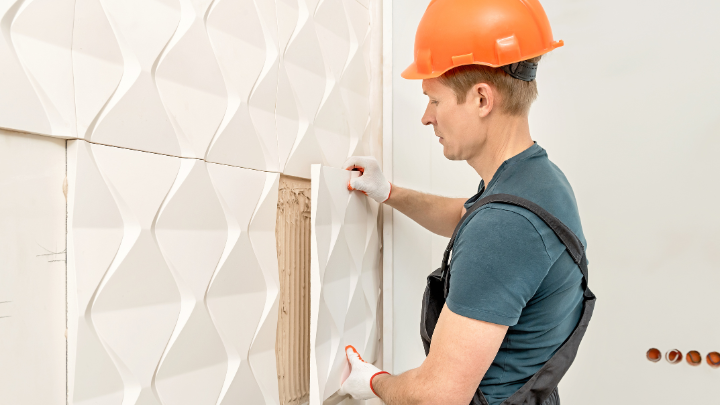
Source: Canva
As for methods used to insulate walls—you can insulate walls using double-layered gypsum boards (ideally ⅝ inch thick). This technique is a lot more effective than simply using a wood fibre and gypsum panel.
The double-layered boards must always be installed with resilient channels and never be secured directly to the wall framing studs. This method enables wall insulation without needing to open up the walls.
Another soundproofing option would be to proceed by filling in all cavities with either rock wool, glass wool, or injected cellulose. However, note that injecting cellulose is more expensive as it requires the expertise of a trade professional. Nonetheless, this previous option has a higher degree of efficiency compared to the other options made available to you.
Installing resilient channels is another interesting avenue. It’s a sort of middleman between framing studs and gypsum boards, considerably limiting noise pollution.
Note that using an acoustic sealant is always a good measure, ensuring the walls are air-tight.
How much does the best soundproofing material cost?

Source: Canva
Cost-wise, injecting cellulose comes out to $2 to $3 per square foot for new houses. Plan on spending between $2.50 and $4 per square foot for already-built homes, as the hired contractor will have to drill through the walls and ceilings to inject at least 12 inches of foam.
On the other hand, should you opt for glass wool, budget between $1.50 and $3 per square foot. As for acoustic panels, their price point is between $20 and $35 per square foot. Gypsum boards are priced much like the latter. In terms of acoustic flooring underlays, you should be able to manage the costs by spending between $1 and $5 per square foot.
How to Soundproof Your Home – Additional Tips
Here’s a little tip to make sure your home is effectively soundproofed: replace all hollow core doors with solid core ones. Ideally, the doors should have weatherstripping on their lower edge.
If you install any moulding or trim, avoid leaving a gap between the wood strip and the flooring. The moulding should rest on the caulking (silicon is most often used) to avoid any gaps causing impact noises.
The lesson of the day when it comes to high-efficiency structural insulation is to do so with at least three resilient materials.
Want more information regarding soundproofing? Check out our article Everything You Need to Know About Soundproofing.
Last modified 2024-02-28
Looking for something else?
Related articles
The latest industry news, interviews, technologies, and resources.
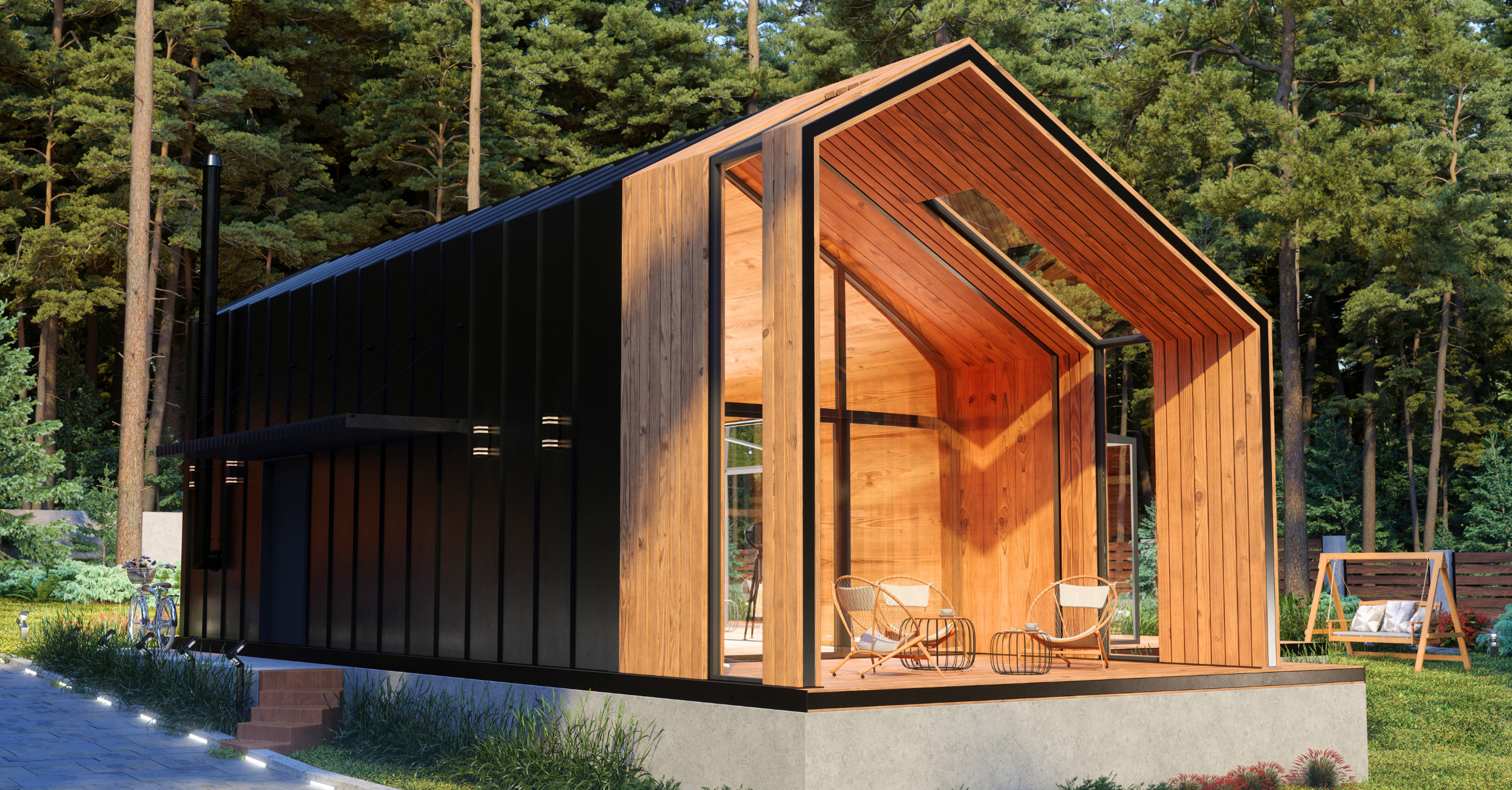
SoumissionRenovation.ca • 07 Nov 2023
It’s no secret that over the past few years, green construction has grown in popularity and for good reason! An ecological home is trendy due to its green efficiency, its lack of carbon footprint as well as its eco-friendly capabilities.
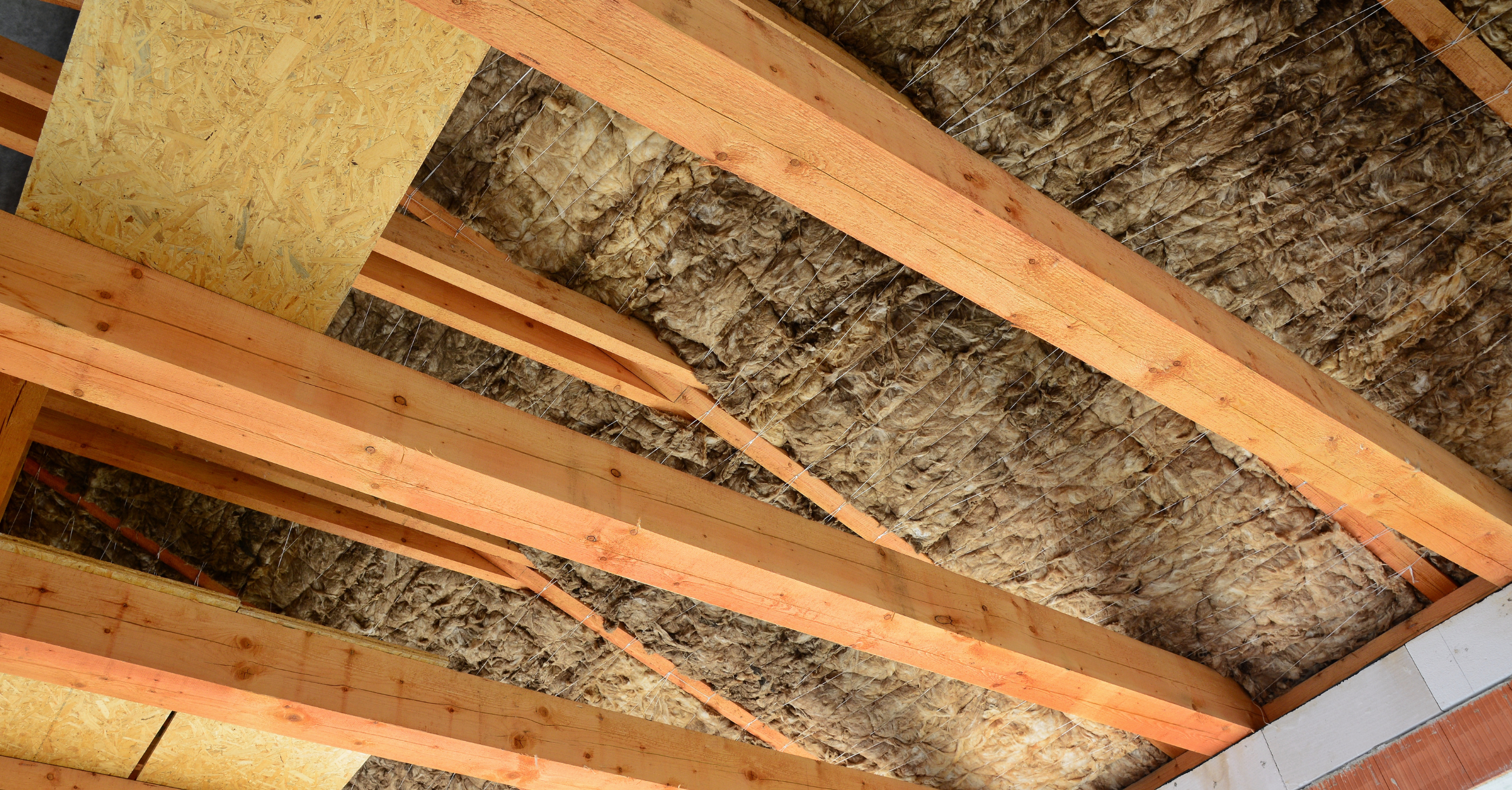
RenoQuotes.com • 07 Nov 2023
Insulation is a key step during the building or renovation process of a house. Nowadays, environmentally-friendly insulation materials have become essential elements, working to ensure the thermal comfort of a building’s occupants whilst saving energy alongside the environment.
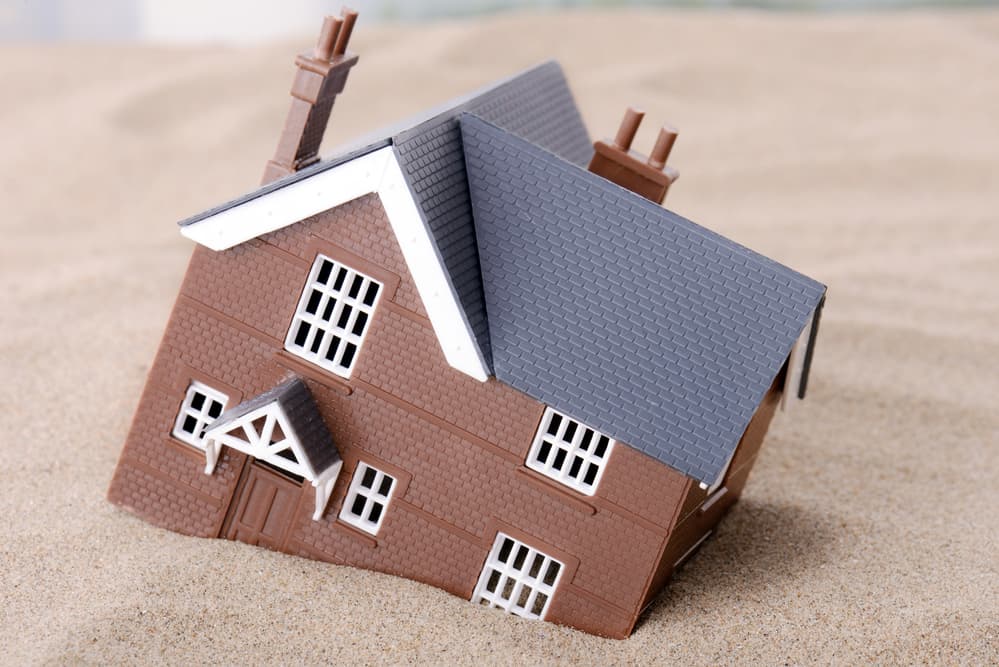
RenoQuotes.com • 07 Nov 2023
Between freeze and thaw cycles and bad weather, your house may show signs of sinking. Since this could cause major damages to the foundation, this article explains how it can be fixed.
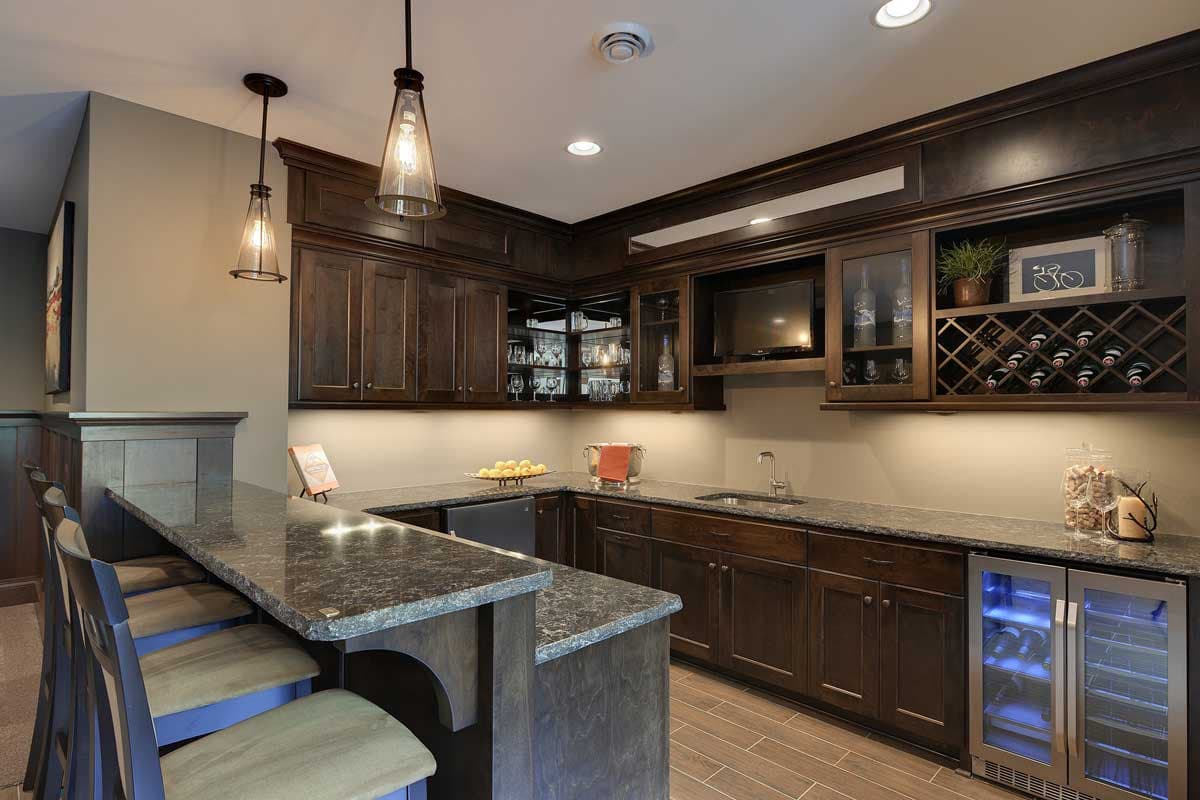
RenoQuotes.com • 07 Nov 2023
Basements today have become very valuable spaces within the home. Whether it’s a recreational space to relax or has extra bedrooms or storage space, making the best use out of your basement is ideal. An added plus to remodelling your basement is that it’s a great return on your investment, with the average return being anywhere from 50 to 75 percent.
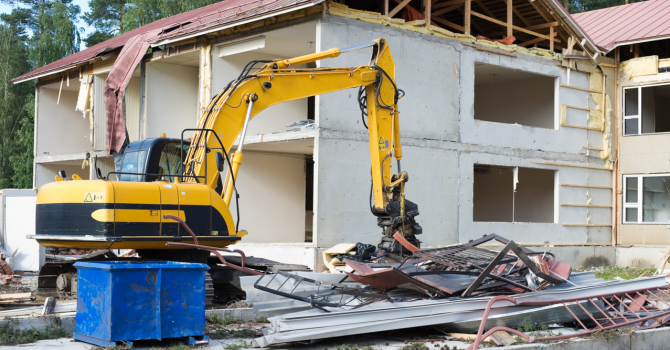
N/A • 07 Nov 2023
It might take years to find your dream home, especially as neighbourhoods continue to develop and are becoming overcrowded. Maybe you’ve found the perfect spot, but the house itself isn’t quite what you’d envisioned. Have you considered demolishing it? Demolishing whole homes or parts of its interior would allow you to take the land that you want and build upon it your dream home. Of course, these projects come at a cost...so what is it?